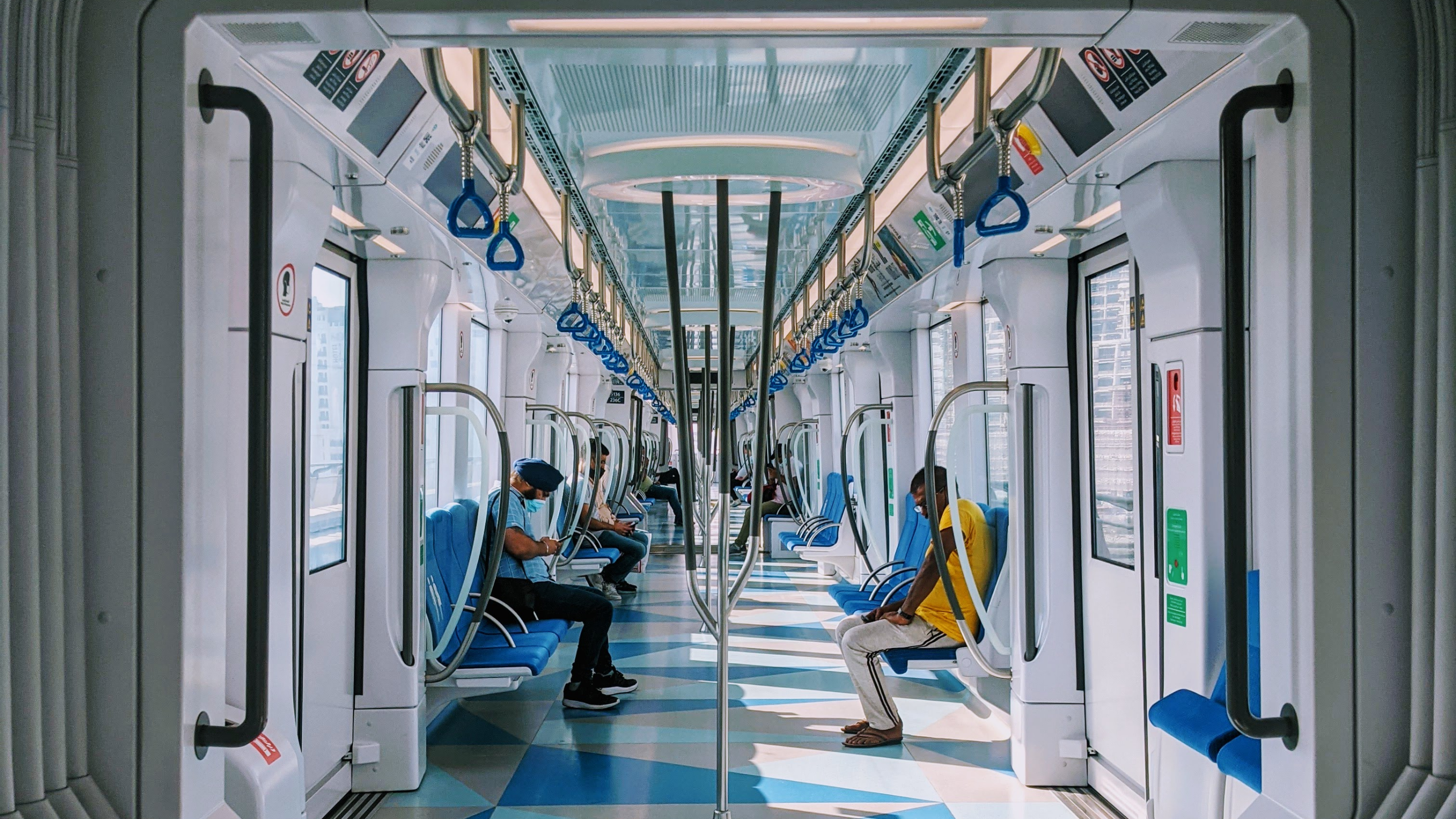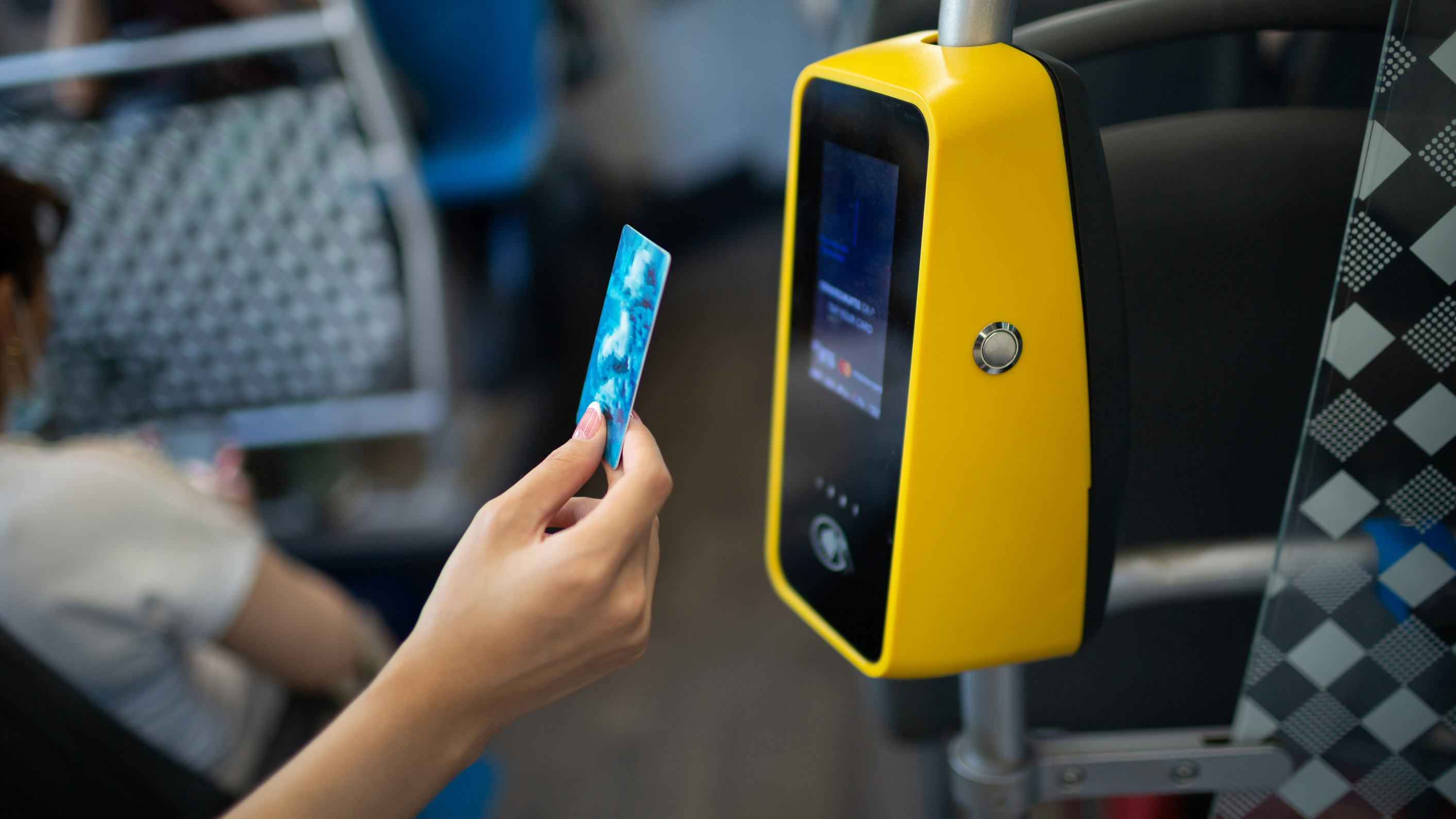How to improve passenger experience with a contactless toolkit
by Andreea

Everyday payments have never been as convenient as they are now. Consumers have now adapted to tapping not just their bank card but also their phones and wearable tech after the surge in contactless payment adoption during the pandemic. Many large cities around the globe and early adopting regions, such as the UK, have embraced tap and pay technology on public transport, and have made inroads into smaller towns and rural areas too, which has had the effect of being able to improve passenger experience significantly.
Increasingly, contactless open loop transit payment systems are becoming what passengers expect. Transit agencies who switch now can make huge strides in building a better travel experience for their riders. In addition to the simple tap-on payment experience, they can level-up customer benefits by using a range of tools.
Contactless EMV – a foundation for effortless travel
Using near-field communication and an embedded chip, EMV bank cards have paved the way for fast, simple and secure payments with just a tap on a reader.
In public transit, they have the potential to do much more than just speed up paying for tickets. Contactless EMV technology enables passengers to tap their bank card, phone, or smartwatch for hassle-free entry on public transport, eliminating the need for physical tickets or top-up cards.
With contactless as its foundation, EMV fare payments open up the door for other ways to improve the passenger experience.
Fare capping – the future of the season ticket
Customizable fare capping is one of the most powerful features that we can add to a contactless fare system.
Season tickets used to be a valid way for passengers to receive better value when they travel often. However, they demanded planning to maximise the return on investment. If a season ticket purchaser moved zones, changed jobs or didn’t travel as expected, they would potentially lose out.
In today’s world of hybrid working and irregular commuting, season tickets have begun to feel like an imperfect way to reward repeat custom.
Fare capping gives passengers who pay as they go with a contactless card a similar value incentive as a period pass. Daily, weekly or monthly caps are defined by the transit agency or operator. Therefore, the passengers that travel enough to hit the caps will benefit. If they reach a weekly cap of, say $20, they won’t be charged more that week for any additional trips.
It’s an easy way for passengers to get value without thinking about it. Transit operators might miss out on the immediate revenue of a pre-paid season ticket. However, they will likely benefit from increased patronage as a result of this simplified, customer-centric fare capping system.
Tailored fare capping rules
The right back office systems easily customize fares for each according to specific transit rules. Finland’s city of Vaasa used our merchant portal to set up an hourly fare cap for its bus network. This enabled passengers to switch buses as much as they wanted within that time without paying more than €5.20.
In Santa Barbara, the Santa Barbara County Association of Governments replicated an existing ticket model for the Clean Air Express. Using contactless EMV and fare capping they offered one-way fares for $7. Additionally, ten rides are discounted to $50, and a monthly pass for $150 offers unlimited rides.
With contactless, your everyday bank card becomes your ticket. You always pay the best value fare and payment frustrations can become a thing of the past. For frequent travellers in particular it’s transformative. It’s easy to pay for travel as it’s needed, without giving it a thought.
Give passengers value however they want to pay
Our industry-first Buy Now, Tap Later feature extends the effortless tap-to-ride experience to those passengers who prefer to plan ahead. They can pay online, but instead of being issued with a physical ticket or a QR code, their chosen travel product is linked to their contactless bank card. Therefore, their card or mobile wallet is still their ticket. When they travel and tap at the ticket barrier, they won’t be charged again.
Using the same contactless EMV payment method for contactless Pay-as-you-Go, Buy Now, Tap Later mobile payments open the door for proactive passenger engagement.
When a passenger registers their card for mobile payments, it’s given a unique tokenised ID. That preserves the anonymity of the bank details. However, it allows operators to match it to the same card ID when the card is used for contactless payments. With the link established, operators have a single customer view across payment channels and can send handy push notifications to the passenger’s device.
These alerts can let passengers know when they’re about to reach a fare cap, so that they know further trips will be free afterwards. They could also inform them of the reason for a card decline. Helpful information that can reduce the burden on customer call centres.
Greater transparency and control over payments breeds customer confidence, and empowers riders to make the most of their travel. The more links that contactless payment technology can forge between operators and riders, the more fares can be demystified and customer experience improved.
To learn more about the future of contactless payments for public transport, read our sixth blog in the series on how to use data to supercharge your transit ticketing strategy.
Trending Topics

Project Highlights: Washington DC’s record breaking upgrade to accept open loop payments

Nevada County Connects leverages Cal-ITP’s Mobility Marketplace to elevate the payment experience across its bus network

 Insight
Insight
 Knowledge
Knowledge
 News
News



